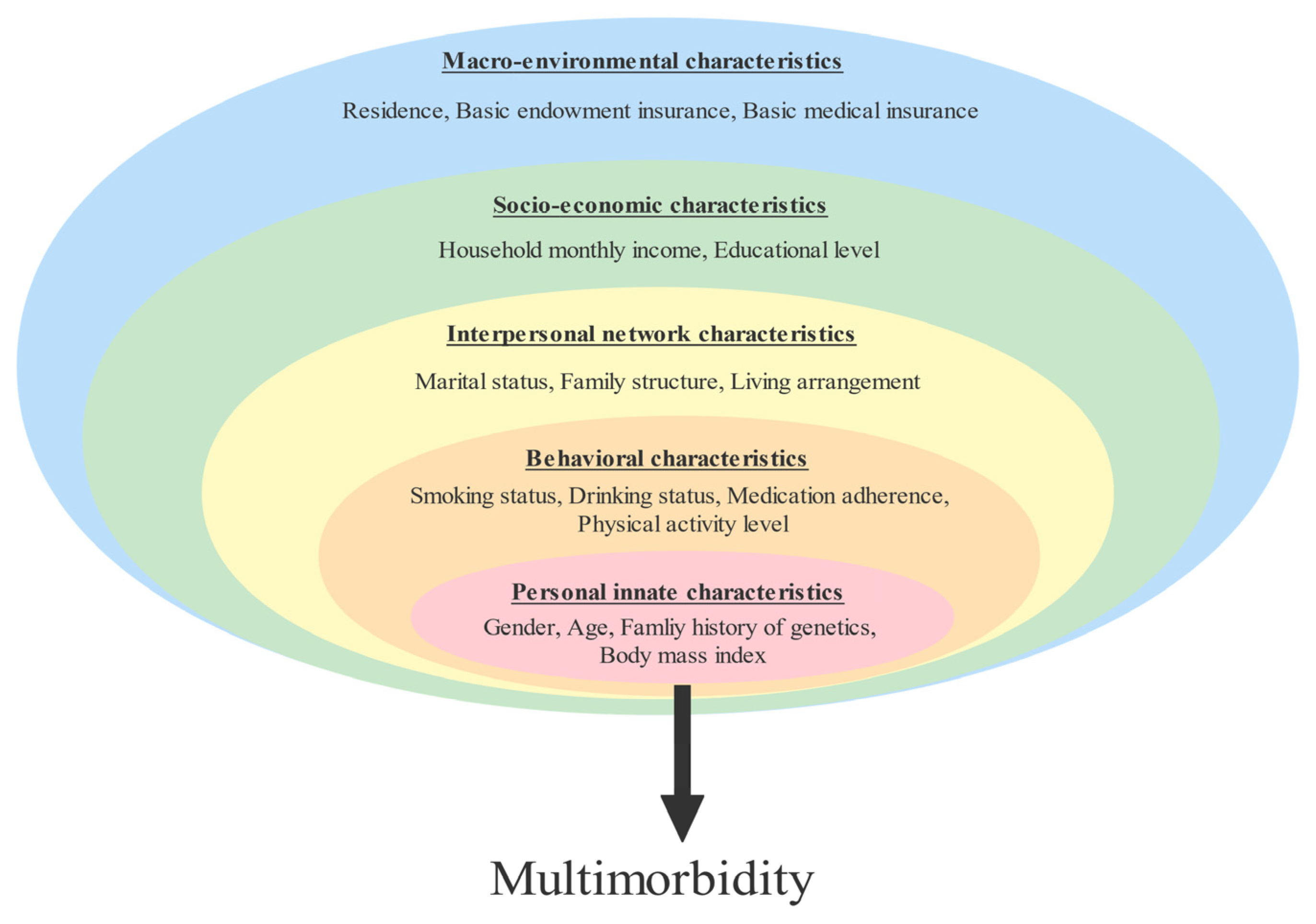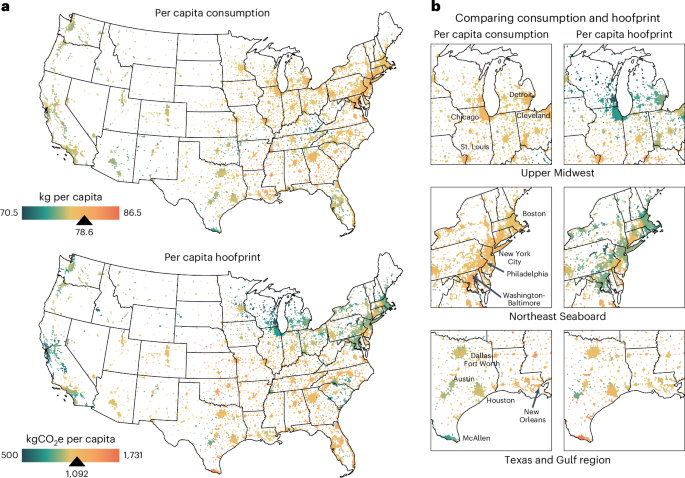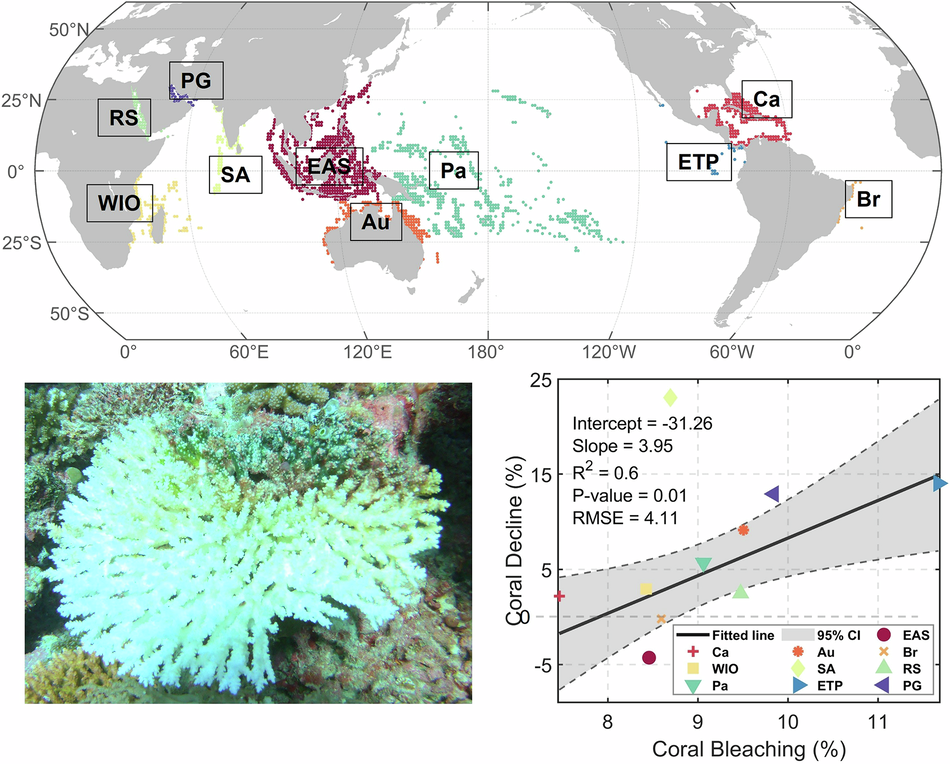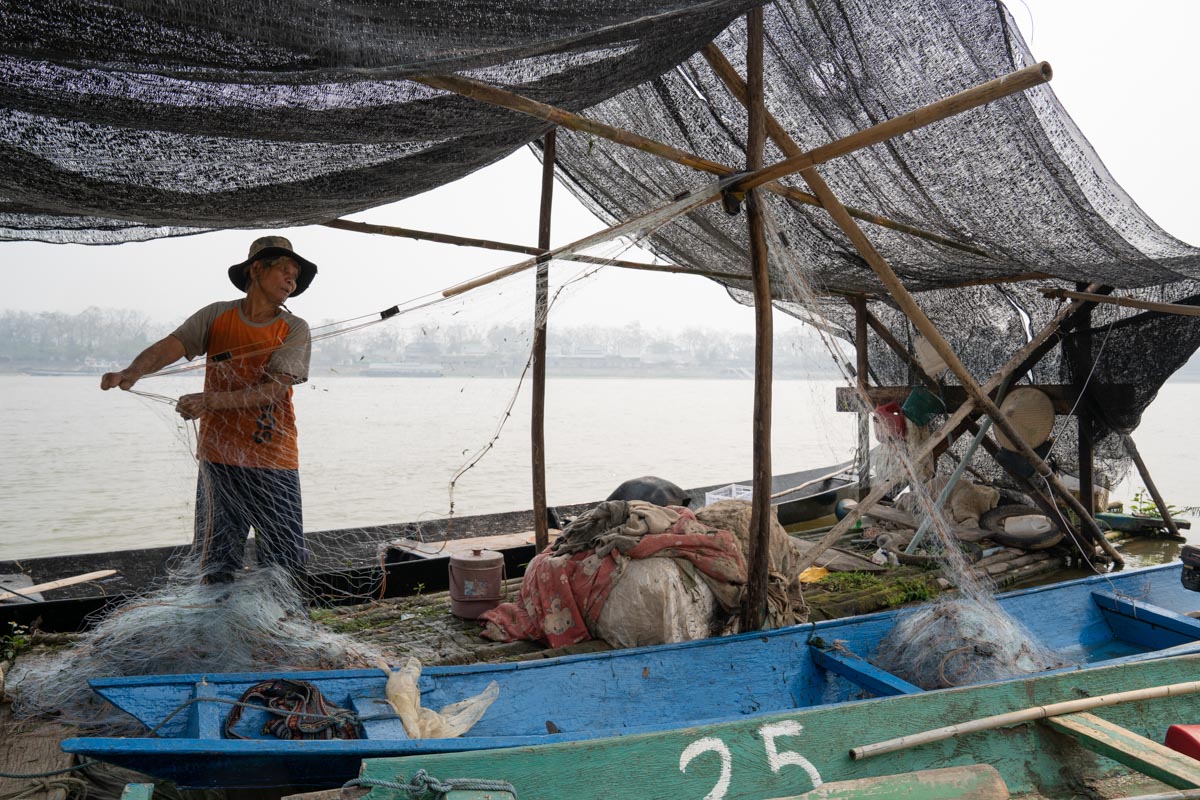War and Peace in the Middle East – News Channel 5 Nashville

Report on U.S. Military Action Against Iranian Nuclear Facilities and Its Implications for Sustainable Development Goals
Overview of the Incident
In a significant geopolitical move, the United States, under President Trump’s administration, conducted a bombing campaign targeting Iranian nuclear facilities. This action was framed as a preventative measure to hinder Iran’s potential intervention in the ongoing Israel/Iran conflict and to curb the development of nuclear weapons.
Key Issues Explored
- Effectiveness of the bombing in preventing Iran’s nuclear weapons development.
- Global response mechanisms to nuclear proliferation challenges.
- Constitutional considerations regarding executive military action without Congressional approval.
- Broader implications of nuclear capabilities of global powers such as Russia and China.
Discussion by Experts
Dr. Susan Turner Haynes, Associate Professor of Political Science at Lipscomb University, alongside host Ben Hall, analyzed intelligence reports and discussed:
- Iran’s current nuclear capabilities and strategic alliances.
- The role of allied nations in nuclear proliferation.
- Concerns related to the nuclear arsenals of Russia and China.
Emphasis on Sustainable Development Goals (SDGs)
This incident intersects with several United Nations Sustainable Development Goals, including:
- SDG 16: Peace, Justice, and Strong Institutions – The unilateral military action raises questions about adherence to international law and the role of governance institutions in conflict resolution.
- SDG 17: Partnerships for the Goals – The global response to nuclear proliferation requires enhanced international cooperation and partnerships to promote peace and security.
- SDG 3: Good Health and Well-being – Preventing nuclear conflict is critical to safeguarding human health and preventing humanitarian crises.
- SDG 13: Climate Action – Nuclear conflict poses severe risks to environmental stability and climate resilience.
Conclusion and Future Considerations
The bombing of Iranian nuclear facilities underscores the complexity of balancing national security interests with global peace and sustainable development. It highlights the urgent need for:
- Strengthening international legal frameworks and institutions to manage nuclear threats.
- Promoting diplomatic solutions aligned with the SDGs to prevent escalation of conflicts.
- Enhancing global partnerships to address nuclear proliferation and ensure collective security.
1. Sustainable Development Goals (SDGs) Addressed or Connected
- SDG 16: Peace, Justice and Strong Institutions
- The article discusses international conflict, military actions, and constitutional questions, all of which relate to peace, justice, and governance.
- SDG 17: Partnerships for the Goals
- The article touches on international relations and cooperation among countries regarding nuclear proliferation and conflict resolution.
- SDG 3: Good Health and Well-being
- Though indirectly, the prevention of nuclear conflict relates to global health and safety concerns.
- SDG 13: Climate Action
- While not explicitly mentioned, nuclear conflict has implications for environmental safety and climate impacts.
2. Specific Targets Under Those SDGs Identified
- SDG 16
- Target 16.1: Significantly reduce all forms of violence and related death rates everywhere.
- Target 16.6: Develop effective, accountable and transparent institutions at all levels.
- Target 16.7: Ensure responsive, inclusive, participatory and representative decision-making at all levels.
- SDG 17
- Target 17.14: Enhance policy coherence for sustainable development.
- Target 17.16: Enhance the global partnership for sustainable development, complemented by multi-stakeholder partnerships.
- SDG 3
- Target 3.8: Achieve universal health coverage, including protection from health emergencies.
3. Indicators Mentioned or Implied to Measure Progress
- Indicators related to SDG 16
- 16.1.4: Conflict-related deaths per 100,000 population, by sex, age and cause.
- 16.6.1: Primary government expenditures as a proportion of original approved budget, by sector (or by budget codes or similar).
- 16.7.2: Proportion of population who believe decision-making is inclusive and responsive.
- Indicators related to SDG 17
- 17.14.1: Number of countries with mechanisms in place to enhance policy coherence of sustainable development.
- 17.16.1: Number of countries reporting progress in multi-stakeholder development effectiveness monitoring frameworks.
- Indicators related to SDG 3
- 3.8.1: Coverage of essential health services.
- 3.8.2: Proportion of population with large household expenditures on health as a share of total household expenditure or income.
4. Table of SDGs, Targets and Indicators
| SDGs | Targets | Indicators |
|---|---|---|
| SDG 16: Peace, Justice and Strong Institutions |
|
|
| SDG 17: Partnerships for the Goals |
|
|
| SDG 3: Good Health and Well-being |
|
|
Source: newschannel5.com

What is Your Reaction?
 Like
0
Like
0
 Dislike
0
Dislike
0
 Love
0
Love
0
 Funny
0
Funny
0
 Angry
0
Angry
0
 Sad
0
Sad
0
 Wow
0
Wow
0
















































































